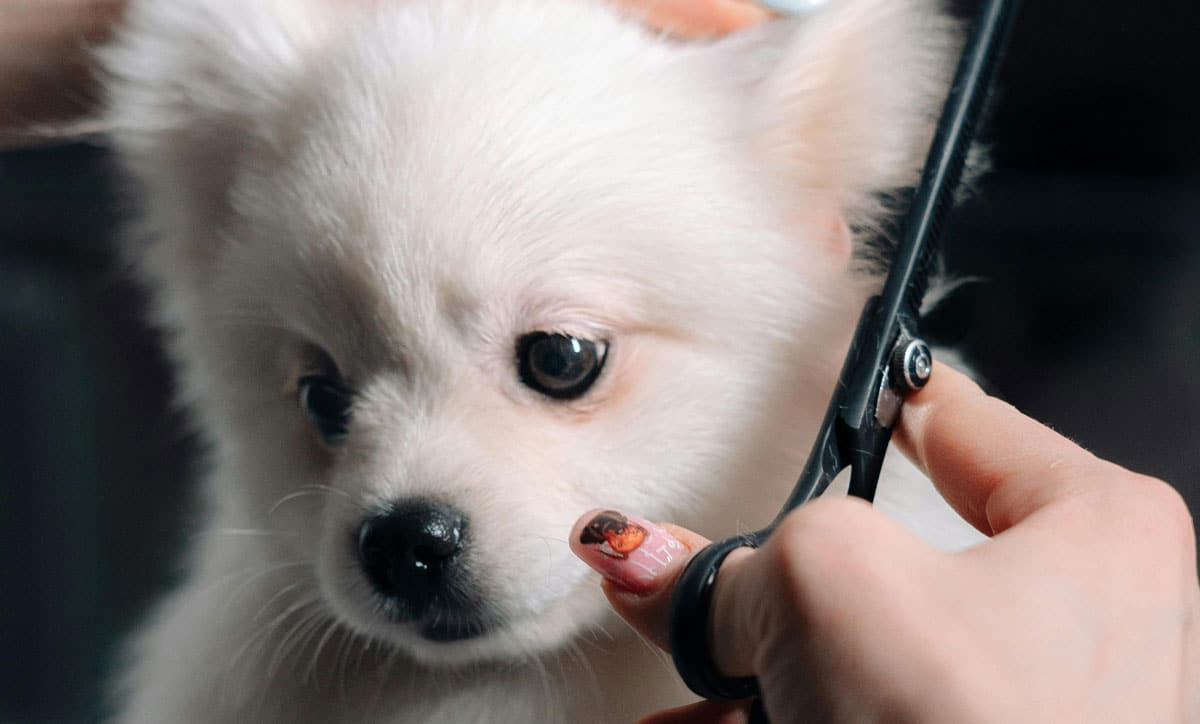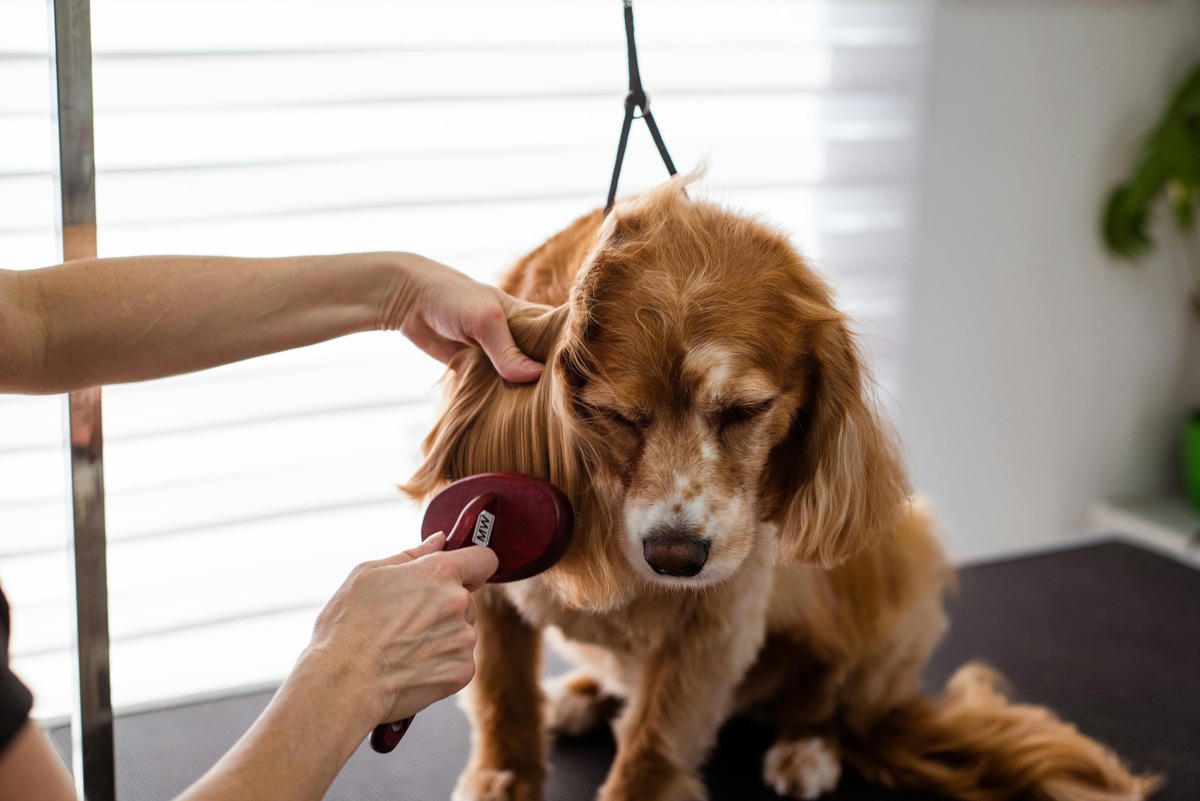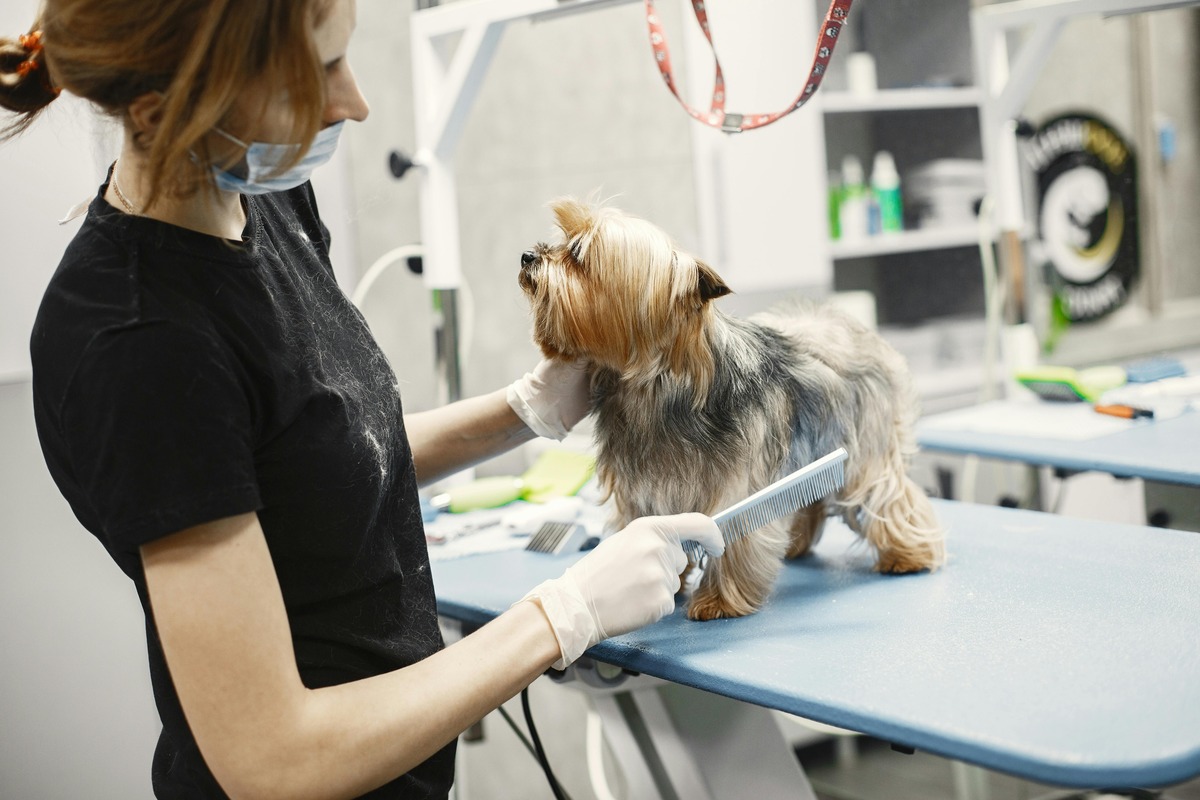
The Best Grooming Routine for Long-Haired Pets
Can you answer this question: how to groom long-haired cats and dogs? If no, then read on. Long-haired pets, like dogs and cats, need a regular grooming routine. This keeps their coats healthy, tangle-free, and looking great. Without regular care, their fur can get matted. This can cause discomfort and skin problems. Long-haired pets require more care than short-haired ones. They need regular grooming to prevent issues like shedding, dirt buildup, and painful tangles.
This guide covers the best grooming tips for long-haired pets. We’ll recommend effective tools and share expert advice to keep your furry friend comfortable and happy.
Why Grooming is Essential for Long-Haired Pets
Prevents Matting and Tangles
Matted fur can be painful and difficult to remove. When fur knots together, it pulls on the skin, causing discomfort and increasing the risk of infections. Regular brushing prevents these mats from forming and keeps the coat smooth and free from knots.
Promotes Skin Health
Brushing removes dirt, dander, and loose hair, allowing the skin to breathe and reducing the risk of infections. Long-haired pets are more prone to developing skin irritations if their coat isn’t properly maintained.
Reduces Shedding
Proper grooming helps control shedding, minimising the amount of fur around your home. Shedding is a natural process, but without regular brushing, excess hair can accumulate. That leads to unwanted mess and potential allergies.
Strengthens the Bond Between You and Your Pet
Regular grooming sessions help build trust and strengthen your bond with your furry friend. Many pets enjoy being brushed when done gently, and it can be a relaxing experience for them.
Understanding Your Pet’s Coat Type
Long and Straight Coats
Breeds such as Golden Retrievers, Afghan Hounds, and Maine Coons have long, straight fur. This fur needs regular brushing to prevent knots.
Curly or Wavy Coats
Breeds like Poodles and Portuguese Water Dogs have curly coats. These coats need special grooming to avoid matting.
Double-Coated Breeds
Huskies, Samoyeds, and Persians have thick undercoats. They shed seasonally, so they need regular brushing. This helps prevent tangling and overheating.
The Best Brushes for Fluffy Pets

1. Slicker Brushes
Ideal for removing tangles and loose hair without pulling on the coat.
- Best Option: Hertzko Self-Cleaning Slicker Brush
- How to Use: Use gentle strokes in the direction of hair growth to remove knots and dead hair.
2. Wide-Tooth Combs
Great for detangling and gently removing knots.
- Best Option: Safari De-Matting Comb
- How to Use: Start at the tips of the hair and work your way up to avoid tugging on knots.
3. Undercoat Rakes
Designed to remove loose undercoat hair without damaging the topcoat.
- Best Option: FURminator Undercoat Rake
- How to Use: Use once or twice a week to prevent excess shedding and remove trapped dirt.
4. Dematting Tools
Essential for breaking up severe mats safely.
- Best Option: GoPets Dematting Comb
- How to Use: Hold the base of the knot to avoid pulling on the skin and gently work through the tangle.
Step-by-Step Grooming Routine for Long-Haired Pets
1. Brushing
- Brush your pet daily to prevent tangles and mats.
- Start with a wide-tooth comb to remove large knots before using a slicker brush.
- Always brush in the direction of hair growth to avoid discomfort.
2. Bathing
- Use a high-quality shampoo suitable for long-haired pets.
- Bathe your pet every 3-4 weeks or as needed.
- Ensure the coat is completely dry before brushing to prevent matting.
3. Trimming the Fur
- Trim long fur around the paws, ears, and sanitary areas.
- Use pet-safe scissors or clippers designed for long-haired pets.
- Trim excess fur around the eyes to prevent irritation.
4. Checking for Skin Issues
- Inspect the skin for signs of irritation, redness, or parasites.
- Regular grooming helps detect early signs of skin conditions.
5. Ear and Eye Care
- Clean the ears with a vet-approved solution to prevent infections.
- Trim excess hair around the eyes to avoid irritation.
6. Nail Care
- Trim your pet’s nails every 3-4 weeks to prevent discomfort and posture issues.
- Use a pet nail clipper or grinder to ensure a smooth trim.
How to Manage Seasonal Shedding
Many long-haired pets shed more during seasonal changes. Here are some tips to handle shedding:
- Increase brushing sessions during peak shedding seasons (spring and autumn).
- Use an undercoat rake to remove excess fur efficiently.
- Provide a balanced diet rich in Omega-3 fatty acids to improve coat health.
Common Grooming Mistakes to Avoid

Skipping Regular Brushing
Long-haired pets require frequent brushing to prevent tangles and mats. Skipping even a few days can lead to painful knots.
Using the Wrong Tools
Not all brushes work for every coat type. Using a bristle brush on a thick, double-coated dog won’t be as effective as an undercoat rake.
Not Drying Thoroughly After a Bath
Damp fur can lead to matting and even skin infections. Always dry your pet completely before brushing.
Pulling on Tangles
Instead of pulling forcefully on knots, use a detangling spray or a wide-tooth comb to gently work through them.
Advanced Grooming Tips
Professional Grooming Services
If your pet’s fur becomes too difficult to manage at home, consider professional grooming services. A groomer can trim, wash, and maintain the coat in optimal condition.
Diet and Coat Health
A nutritious diet plays a key role in maintaining a healthy coat. Look for foods rich in Omega-3 and Omega-6 fatty acids to promote shine and reduce shedding.
Hydration
Ensure your pet drinks plenty of water. Proper hydration keeps the skin healthy and prevents excessive dryness or flakiness.
Grooming Your Pet in a Calm Environment
If your pet gets anxious during grooming sessions, try:
- Using calming sprays or diffusers with pheromones.
- Brushing in a quiet, comfortable area.
- Offering treats and positive reinforcement after grooming.
Long-Haired Pet Care
Grooming a long-haired pet requires patience and dedication. With the right routine and tools, you can keep their coat looking healthy and beautiful. A regular grooming schedule prevents common coat issues and enhances your pet’s well-being. Use these grooming tips to keep your pet comfy, happy, and free of tangles.
Investing time in proper grooming will save you from costly vet visits and make life more enjoyable for both you and your pet. With a well-maintained coat, your pet will not only look fantastic but feel fantastic too!